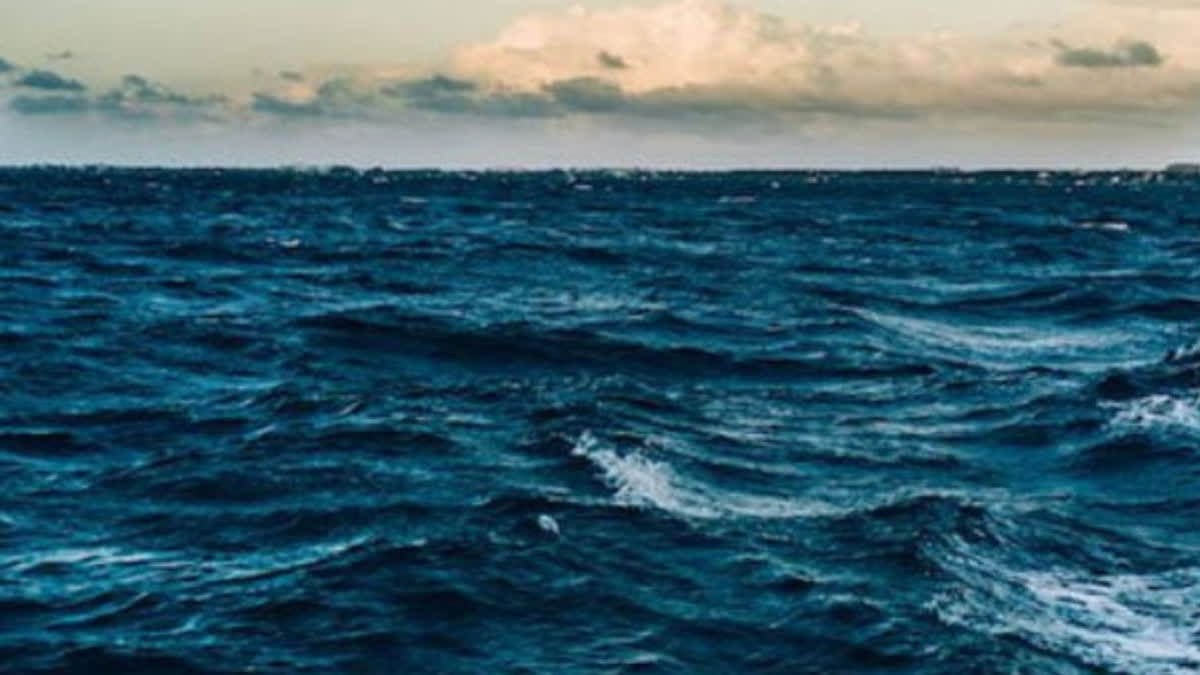Lancaster: A new study published in the journal OneEarth explores how marine biodiversity conservation, human health and wellbeing are connected. The results suggest that marine protected areas can be good for both the planet and people.
These areas of the ocean are legally recognised by governments as being important for marine conservation. They are protected by putting limits on human activity within and around them.
Once a government declares a marine protected area, you usually can’t live in it, fish, build a beach resort, start a fish farm or drill for oil in it. The rules vary from place to place, but the idea is to allow nature to flourish by limiting human activity as much as possible.
With plans to expand ocean protection under the UN-endorsed biodiversity plan’s “30x30” target (which aims to protect 30% of the world’s land and oceans by 2030), it’s important to know how this will affect people as well as nature.
The study was conducted by the conservation charity World Wide Fund for Nature, Harvard Institute of Public Health and Duke University’s marine laboratory. The team, led by marine conservation scientist Daniel Viana, reviewed all the scientific articles written since 1973 on marine protected areas and their impacts on people.
They found that, for 234 marine protected areas across the world that have been closely monitored, more than 60% showed improvement in both nature conservation and human wellbeing.
The study included marine protected areas that do allow “sustainable use” through managed and selective fishing activities. These are fishing methods, such as using a hook and line or a fish trap, that don’t cause physical damage to delicate habitats like coral reefs.
The paper suggests that in most cases, investing in marine protected areas directly benefits the health and livelihoods of people who live near them. Increased harvests of fish and other aquatic foods, such as shellfish and seaweeds, are usually the source of the benefits. Fisherfolk’s incomes increase and community access to nutrient-rich aquatic food improves.
The benefits of marine protection for fishing-based livelihoods are largest in small island states that have big marine protected areas, such as Bonnaire, Palau and the Cook Islands, where more than 95% of fish catches are associated with area-based conservation measures.
Despite ample evidence that marine protection improved access to aquatic food, the authors found surprisingly few studies that directly measured the impact on human nutrition. Only three out of the 237 studies reviewed had studied how creating marine protected areas affected the diets of people living around them.
Only one study, in the Philippines, made the link between diets and health outcomes, because, when access to fish in diets improved due to marine conservation, there were fewer stunted children from surrounding communities.
Plenty more nutrients in the sea? Our continents and islands are surrounded by seas, lakes, rivers and floodplains that are populated by edible plants and animals rich in vitamins, minerals and fatty acids. These micronutrients from aquatic foods are highly bioavailable (easily absorbed by the body). If sustainably harvested and made available to nutritionally vulnerable people, they could prevent malnutrition among millions of coastal people.
The new report has quantified the micronutrient contributions to human diets from the aquatic foods that flourish when marine protected areas are set up. It combines data on the nutrient composition of all the aquatic foods harvested in and around marine protected areas, with fish catch data from the surrounding areas.
The existing marine protected area network supports 14% of the global supply of six key micronutrients from marine fishing. This is achieved by protecting only 8% of the world’s oceans. By allowing marine life to grow abundantly inside protected areas, nearby fish populations are replenished. So, by conserving marine wildlife, protected areas help to sustain fish and shellfish stocks.
That means bigger catches, more income from fishing or tourism, and more food. More nutrients mean better health. This applies both to marine protected areas with a strict no-take zone, where any form of fishing is banned, and those that allow regulated fishing.
As populations increase, demand for aquatic food rises. Wild harvests are being supplemented by aquaculture and mariculture – these are freshwater and marine equivalents to growing crops and livestock on land. Over half of the aquatic foods consumed directly by humans are now produced from aquaculture, much of it in inland waters rather than the sea.
But in many countries, particularly island and coastal nations in the developing world, harvesting wild food from marine ecosystems remains crucial to nourishing the over 3 billion people who get more than 15% of their animal-source proteins from aquatic foods.
Despite their potential to address global micronutrient nutrition, aquatic foods have, until recently, been underrepresented in policies and programmes to end hunger and malnutrition. But with data on the nutritional composition of the world’s fish species now available, studies like this can advance an approach called “nutrition-sensitive fisheries and aquaculture”: Instead of fishing to maximise catch or profit, fisheries could be managed to optimise their contribution to human nutrition.
Linking ocean conservation with human health is an exciting idea but there are gaps in the research. It’s not clear who benefits when income from tourism and fishing increases, or whether increased catches get to those that need it most. In the Maldives for example, more than 80% of reef fish are consumed by tourists, not locals.
Trying to solve malnutrition in marine protected areas is going to be challenging. Many marine protected areas are not effectively managed. By contrast, 77% of catches from the world’s fisheries come from stocks that are managed sustainably, though they have little room for expansion to meet rising demand. Aquaculture can do that, but the sector is still moving towards sustainability.
Many key threats to marine ecosystems and wild fisheries, such as climate change and pollution, are not effectively dealt with by local marine habitat protection alone. Despite these challenges, this study highlights that nature-human relationships can be regenerative, rather than exploitative. (The Conversation)
